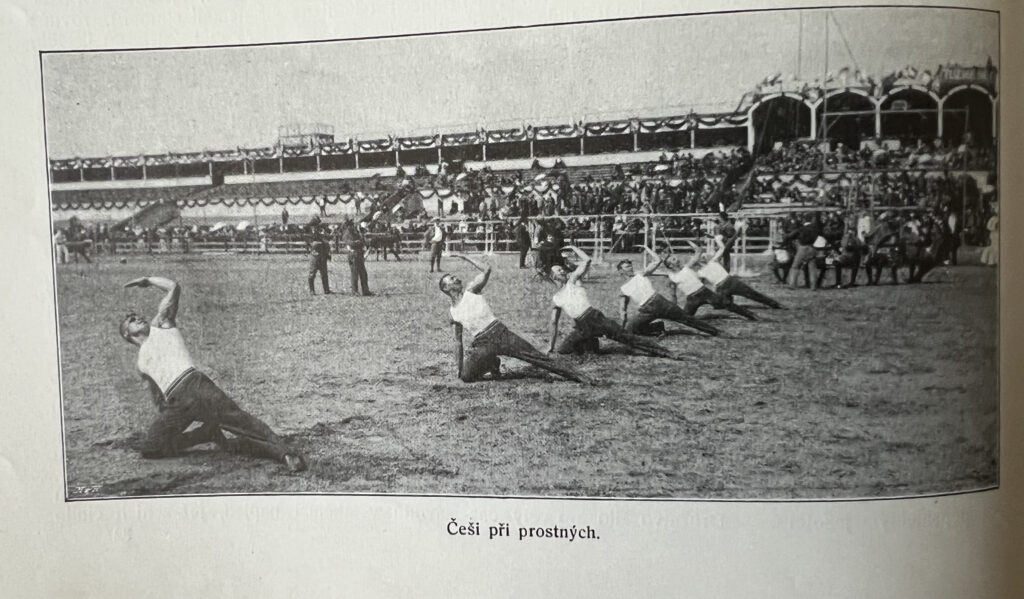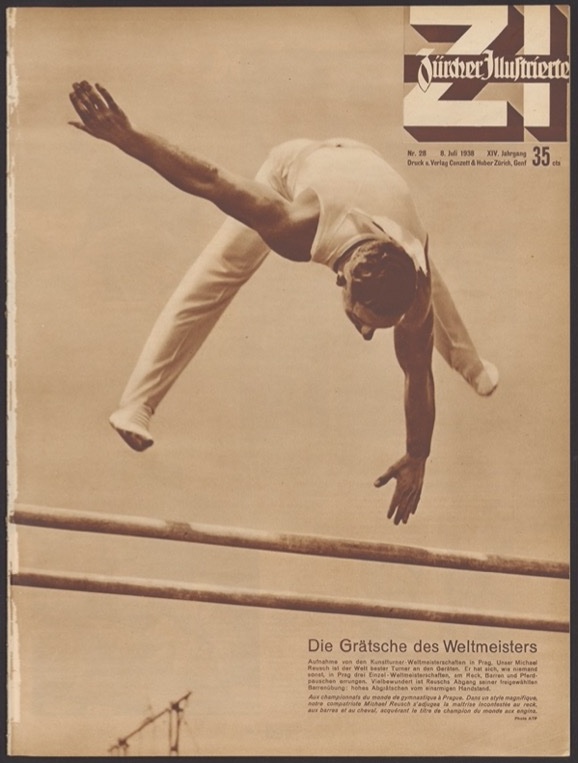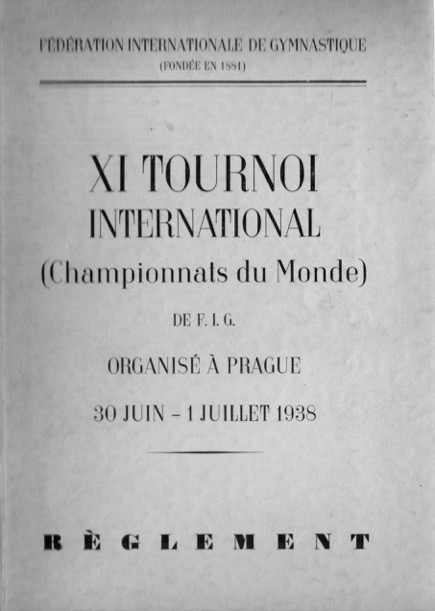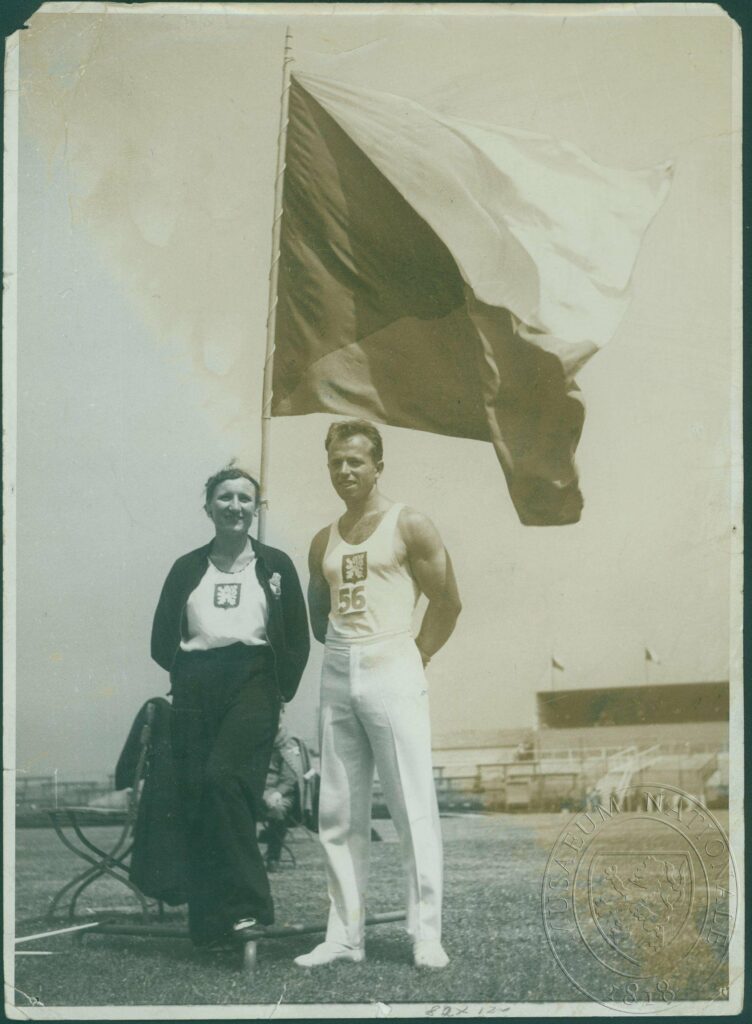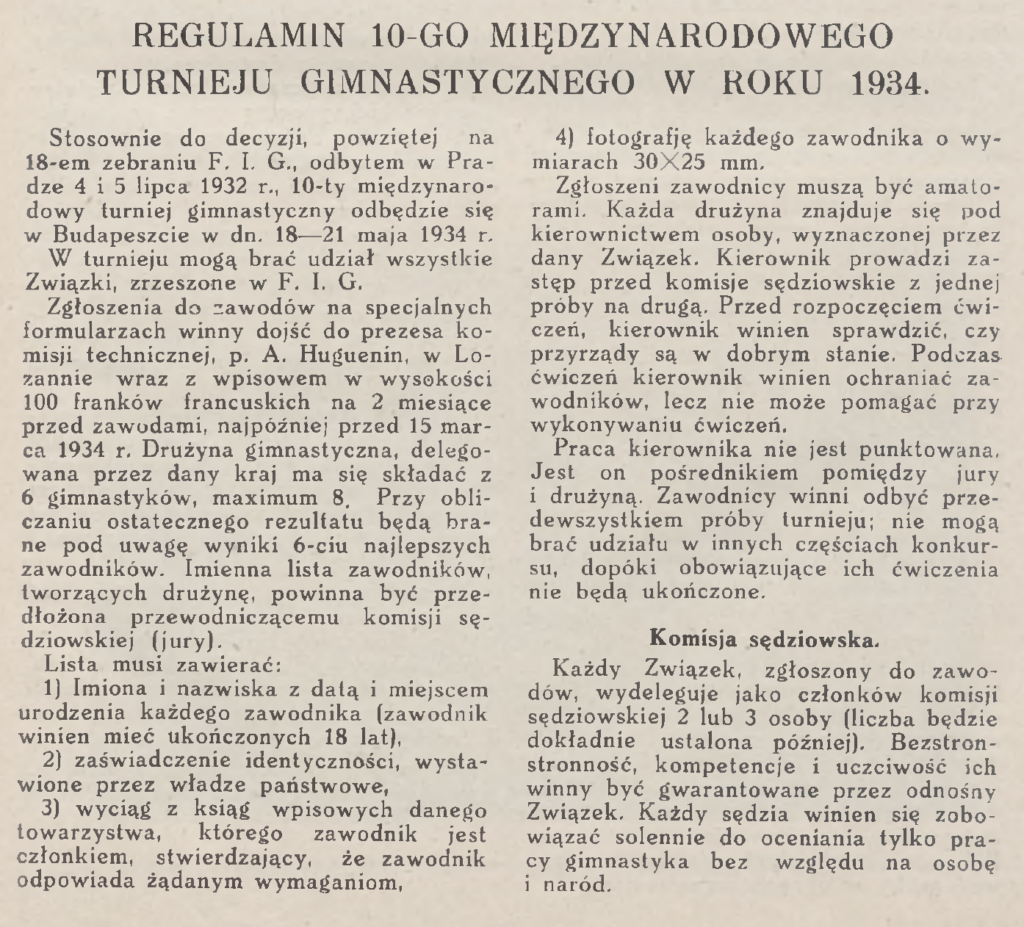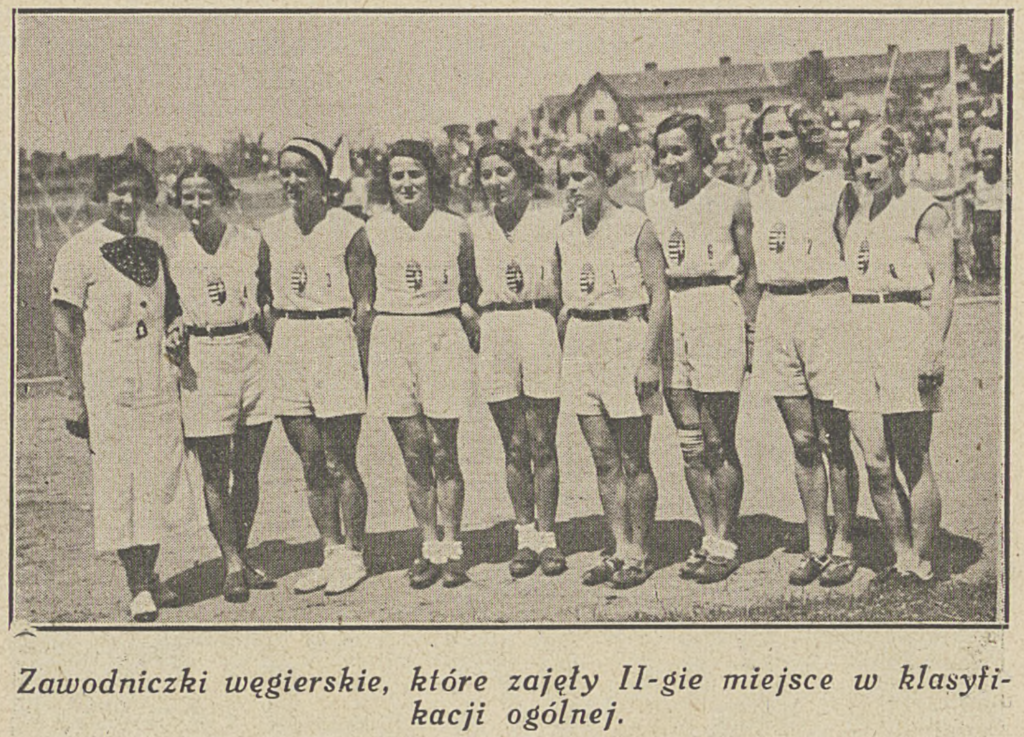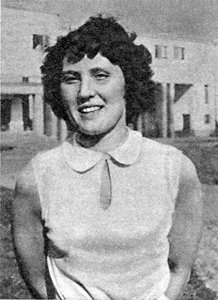Did you know that, once upon a time, there weren’t gold, silver, and bronze medals at the World Championships? Instead, there was a collection of art, and each team chose which piece of art they wanted. Winners got to choose first.
These are the little tidbits that you learn when you stumble across the rules for old gymnastics meets. Let’s take a look at the rules for the 1907 International Tournament (now called the World Championships).
